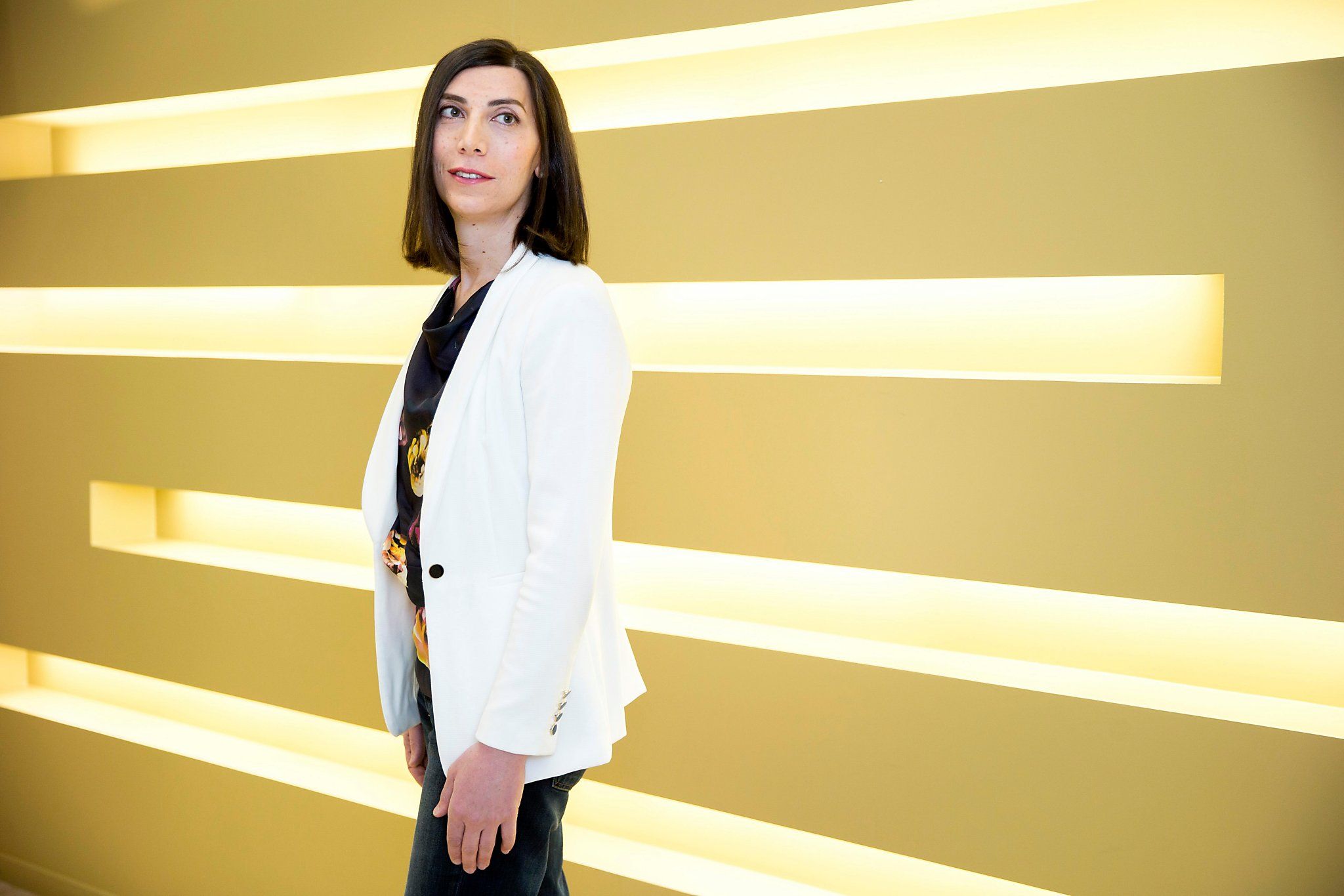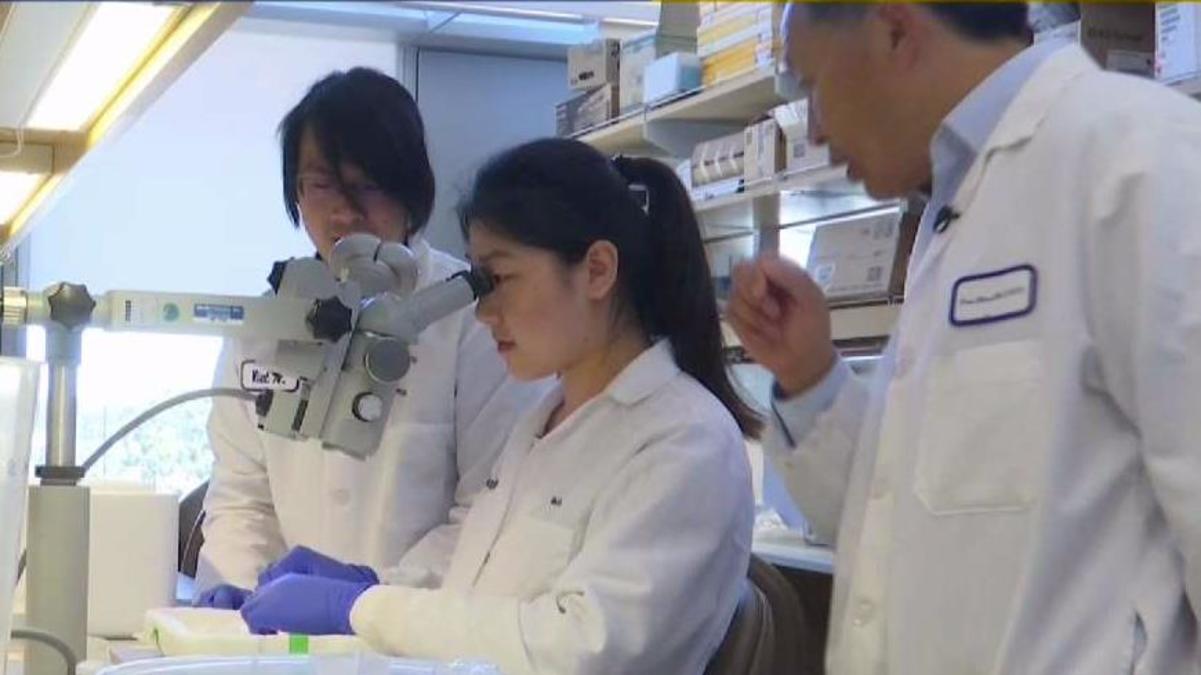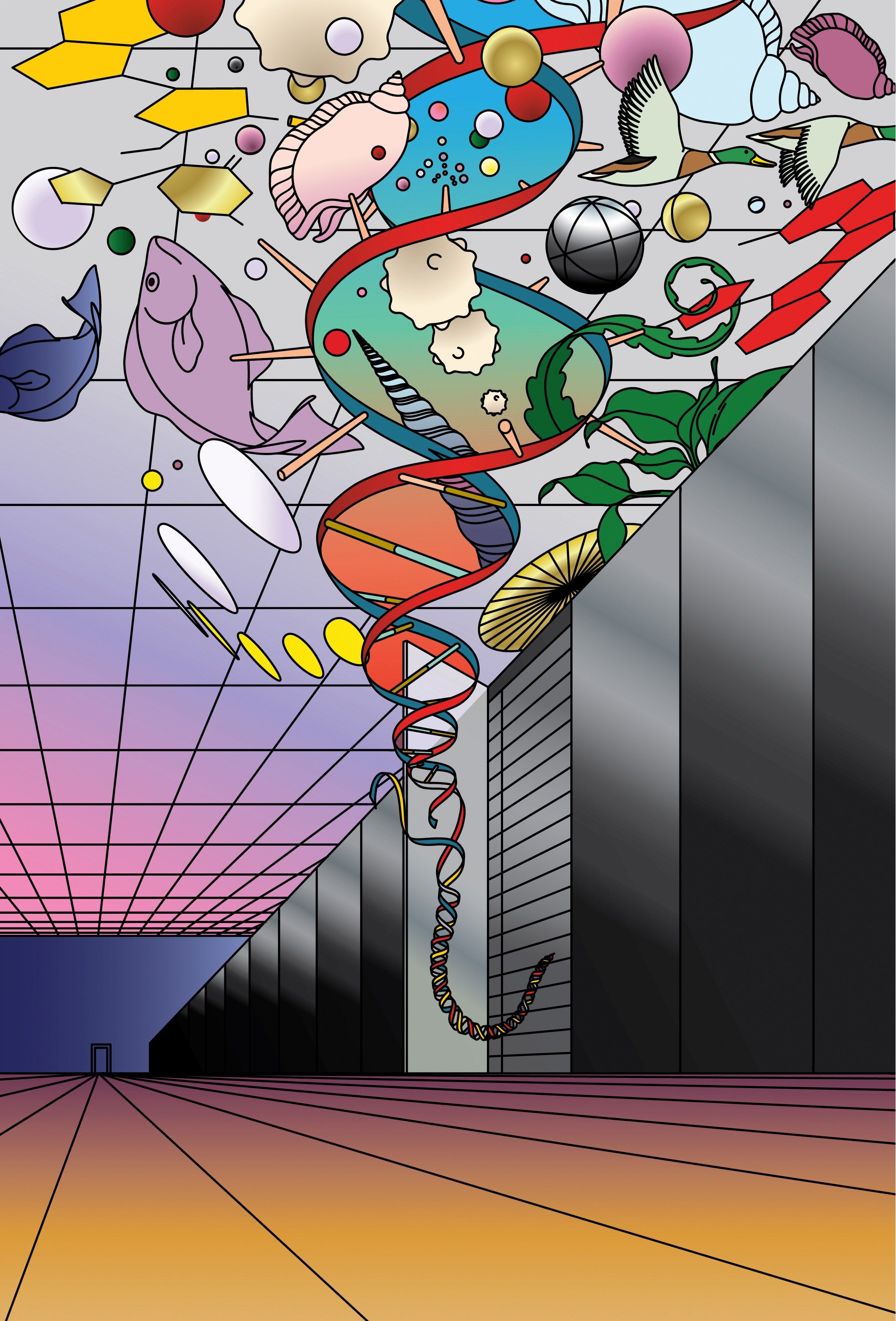https://www.mindpodnetwork.com/future-fossils-72-ira-pastor-of-bioquark-nervous-tissue-reanimation/



In the heart of San Francisco’s Mission Bay neighborhood, which not long ago was dirt lots and warehouses, Emily Leproust is cooking up what she — and $209 million worth of investor cash — believes is the future of DNA production.
Leproust is CEO of Twist Bioscience, a 5-year-old biotech company striving to make the production of synthetic DNA — which is used in fragrances, genetically modified foods and pharmaceutical drugs — cheaper, faster and smaller.
The same lab-manufactured DNA, Leproust hopes, could also transform the way data, from music to medical records, is stored.

A cure for baldness could be on the horizon after British scientists discovered that an osteoporosis drug stimulates hair growth three times quicker than other drugs.
Around four in 10 men suffer male pattern baldness by the age of 45 and two thirds by the age of 60.
At the moment only two drugs, minoxidil and finasteride, are available for the treatment of male pattern baldness (androgenetic alopecia) — the classic type of receding hair loss in men.

Crispr could eliminate Genetic disease.
It’s so small it can’t be seen with the naked eye, but research is showing that CRISPR (Clustered Regularly Interspaced Short Palindromic Repeats) is bringing sight to the blind.
UC San Diego researchers are using CRISPR, a technology that allows scientists to edit genomes, to cure disease.
For the last two years, Ophthalmologist Dr. Kang Zhang and UC San Diego researchers have been working with CRISPR, injecting CRISPR into the eyes of mice to cure retinitis pigmentosa – a genetic form of blindness. “What we’ve seen in mice is that we can bring back actually 30 percent of vision sometimes even 50 percent of vision,” Dr. Zhang told NBC 7.




https://www.wired.com/…/biology-will-be-the-next-great-comp…
In some ways, Synthego looks like any other Silicon Valley startup. Inside its beige business park facilities, a five-minute drive from Facebook HQ, rows of nondescript black server racks whir and blink and vent. But inside the metal shelving, the company isn’t pushing around ones and zeros to keep the internet running. It’s making molecules to rewrite the code of life.
Crispr, the powerful gene-editing tool, is revolutionizing the speed and scope with which scientists can modify the DNA of organisms, including human cells. So many people want to use it—from academic researchers to agtech companies to biopharma firms—that new companies are popping up to staunch the demand. Companies like Synthego, which is using a combination of software engineering and hardware automation to become the Amazon of genome engineering. And Inscripta, which wants to be the Apple. And Twist Bioscience, which could be the Intel.
All these analogies to the computing industry are more than just wordplay. Crispr is making biology more programmable than ever before. And the biotech execs staking their claims in Crispr’s backend systems have read their Silicon Valley history. They’re betting biology will be the next great computing platform, DNA will be the code that runs it, and Crispr will be the programming language.

A compelling study from a team of researchers at the University of Copenhagen has demonstrated a way to completely stop a body’s ability to store fat. In experiments with mice, the team showed that genetically deleting a single enzyme resulted in the animal not being able to gain weight, even when fed a fatty diet.
An enzyme dubbed NAMPT has been connected to obesity in both human and animal models by several studies. Its presence in fat tissue has been found to increase metabolic functionality in numerous body tissues, including fat tissue, which enhances the body’s ability to store fat.
“NAMPT in fat tissue was likely once an extraordinary benefit to our ancestors but in today’s society full of high-fat, calorically-dense foods, it may now pose a liability,” says Zachary Gerhart-Hines, a corresponding author on the study.
